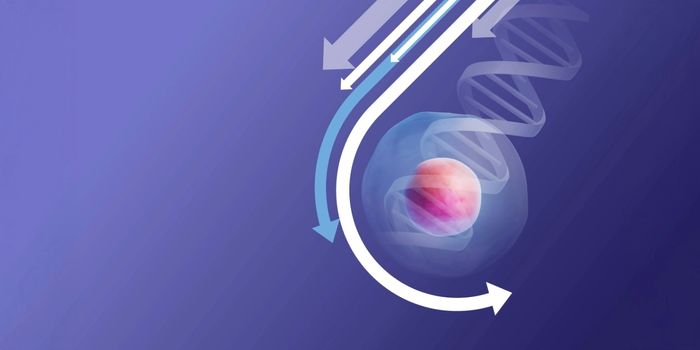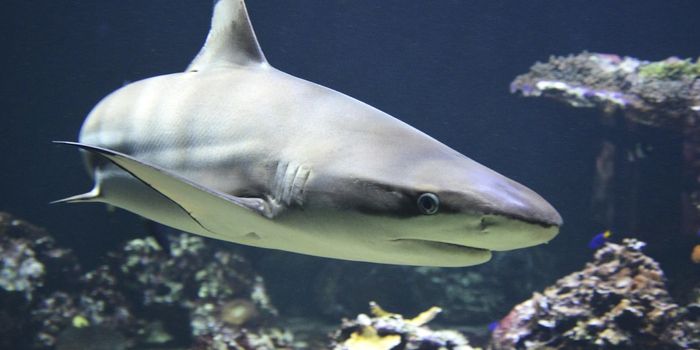Bisexual Alleles Linked to Reproductive Advantage
An eye-opening genetic study recently published in Science Advances explores the genetic connection between human bisexual behavior and a previously unknown reproductive advantage. Ph.D. student Siliang Song and Professor Jianzhi Zhang from the University of Michigan, Ann Arbor, uncovered genetic connections between subtypes of same-sex behavior (SSB), risk-taking, and evolutionary fitness.
About 30% of same-sex behavior (SSB) can be attributed to genetic factors, and it occurs in 2% to 10% of individuals across various human societies. Evolutionary biologists grapple with the challenge of explaining the evolutionary advantage of SSB, particularly when it appears to lead to fewer offspring.
A fascinating discovery emerged in recent studies suggesting that individuals engaging in exclusively heterosexual behavior but carrying SSB-associated alleles tend to have more sexual partners, conferring a distinct mating advantage. This advantage may provide a key to understanding the evolutionary maintenance of SSB-associated alleles. Not only that, but previous work in the field found that self-reported risk-taking behavior is positively correlated with SSB alleles.
In their extensive study involving 452,557 participants from the UK Biobank, Song and Zhang explored subtypes of same-sex sexual behavior (SSB), such as bisexual behavior (BSB) and exclusive SSB (eSSB). They examined self-report surveys that detailed participants' sexual and risk-taking behaviors alongside genetic information. The researchers specifically focused on alternative versions of genes, known as alleles, associated with SSB, BSB, and risk-taking behavior.
The genome-wide association study (GWAS) revealed that BSB and eSSB have distinct genetic profiles, challenging previous assumptions. Looking at alternative versions of genes, known as alleles, associated with these sexual phenotypes, the researchers explored how they might influence evolutionary fitness. The genetic analysis further revealed the effect of BSB alleles in people who engage exclusively in OSB.
Song and Zhang, confirmed a robust positive correlation between BSB alleles in heterosexual individuals and their number of sexual partners. While recognizing that the number of children can't be the exclusive measure, they employed it as an indicator of genetic fitness. Their analysis unearthed a positive genetic correlation between males possessing BSB alleles and the number of children fathered.
Interestingly, risk-taking behavior emerged as a common factor in these genetic relationships. Alleles associated with performing risky behavior had positive correlations with both BSB alleles and the number of children for males and females. Applying an advanced genetic analysis technique called linkage disequilibrium score regression in the GWAS, the study suggested distinct genetic pathways connecting risk-taking behavior to both BSB alleles and the number of children. The analysis confirmed that BSB-associated alleles offer reproductive advantages, while eSSB-associated alleles pose a reproductive disadvantage.
This detailed investigation sheds light on the complex genetic factors influencing human sexuality. However, the advent of modern sexual contraception has shifted evolutionary pressures, perhaps severing this newly discovered and historical link between the number of sexual partners and the genetic advantage associated with SSB. Future work is left to explain the fitness of the eSSB alleles in a population. This study adds significant insights into the genetics of human sexuality and the evolutionary dynamics it contributes to. These findings offer valuable insights into the intricate interplay between genetics and human sexuality.
Sources: Science Advances, Nature Human Behavior








